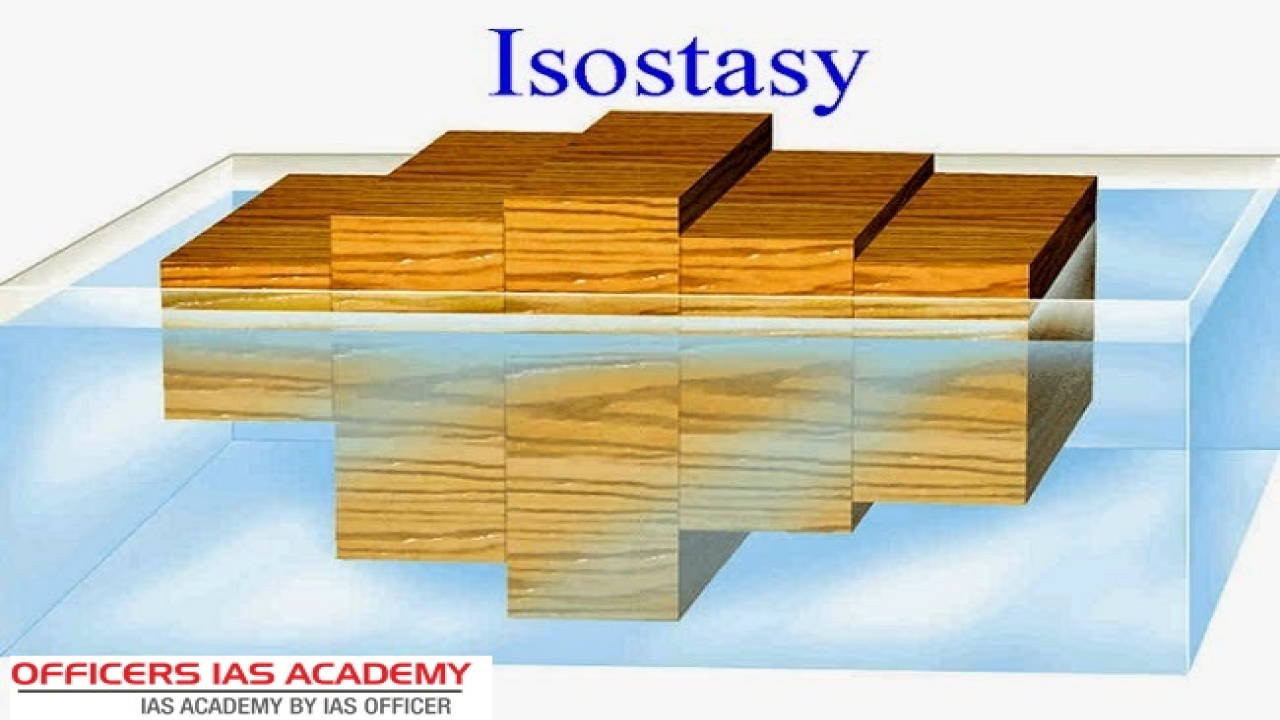Isostasy
Isostasy is a geological concept that explains how the Earth’s crust is balanced and maintained at a certain level relative to the underlying mantle. It is the principle of buoyancy applied to the Earth’s crust. Isostasy plays an important role in the formation of mountains, the elevation of land, and the movement of glaciers. In this article, we will discuss the concept of isostasy, how it works, and its significance in geology.
What is Isostasy?
Isostasy is the state of equilibrium that exists between the Earth’s crust and the mantle. The term “isostasy” comes from the Greek words iso, which means “equal,” and stasis, which means “balance.” The principle of isostasy is based on the idea that the Earth’s crust is floating on the denser, plastic mantle below it.
The Earth’s crust is made up of a variety of materials, including rocks, sediments, and soils. These materials have different densities and thicknesses, and as a result, they exert different amounts of pressure on the underlying mantle. The principle of isostasy states that the weight of the crust is balanced by the buoyancy force of the mantle below it.
How Does Isostasy Work?
Isostasy works by balancing the weight of the Earth’s crust with the buoyancy force of the mantle below it. When mountains or other high-elevation features are formed, the weight of the crust is increased in those areas. As a result, the buoyancy force of the mantle below those areas is increased as well.
This increased buoyancy force causes the crust to rise up, creating high-elevation features like mountains. Conversely, when glaciers or other masses of ice are present on the Earth’s surface, they exert a downward force on the crust. This can cause the crust to sink down, creating depressions like valleys or basins.
Isostasy and Mountain Building:
Isostasy plays an important role in the formation of mountains. When tectonic plates collide, the crust is pushed up, creating high-elevation features like mountain ranges. However, the formation of mountains also increases the weight of the crust in those areas, which can cause the crust to sink back down over time.
This sinking process is known as isostatic readjustment. As the crust sinks, the mantle below it flows in to fill the space, creating a process called subsidence. This subsidence can cause the mountain range to gradually decrease in elevation over time. Isostatic readjustment can take millions of years, and it is a key process in the long-term evolution of mountain ranges.
Isostasy and Glacial Rebound:
Isostasy also plays an important role in the movement of glaciers. When glaciers form, they exert a downward force on the crust, causing it to sink down. As the glaciers melt and retreat, the crust rebounds back up, a process known as glacial rebound.
This process can be seen in areas that were once covered by glaciers, such as Canada and Scandinavia. These areas are still rebounding today, thousands of years after the glaciers melted away. The principle of isostasy helps us to understand the forces that drive glacial rebound and how it affects the elevation of the Earth’s crust.


